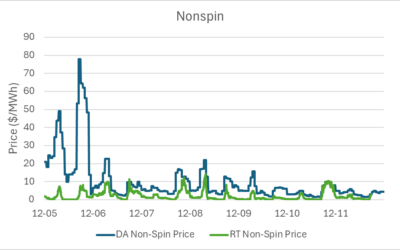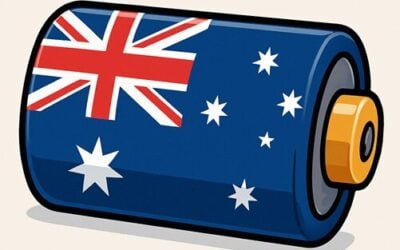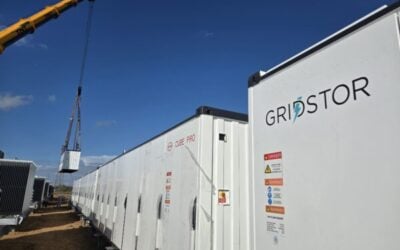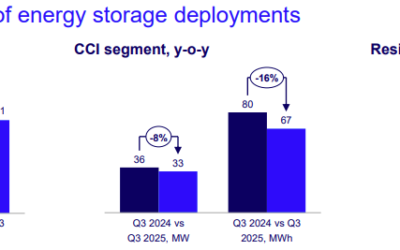
The Australian Energy Market Operator (AEMO) has successfully implemented a new rule in the National Electricity Market (NEM) incentivising participants to provide “helpful” impacts on frequency.
AEMO has described the Frequency Performance Payments (FPP) reform, which went live on 8 June 2025, as a “major milestone” for the NEM. It introduces a double-sided incentive mechanism that rewards or penalises market participants in real-time based on their impact on system frequency, with the sweet spot around the 50Hz zone.
Participants who positively impact frequency will receive incentives, funded by those who negatively impact it, creating a zero-sum system. In doing so, this will encourage generators and battery energy storage system (BESS) owners to provide frequency response.
It will also help maintain stability and reliability across the grid by controlling frequency fluctuations.
Try Premium for just $1
- Full premium access for the first month at only $1
- Converts to an annual rate after 30 days unless cancelled
- Cancel anytime during the trial period
Premium Benefits
- Expert industry analysis and interviews
- Digital access to PV Tech Power journal
- Exclusive event discounts
Or get the full Premium subscription right away
Or continue reading this article for free
The FPP replaces the ’causer pays’ model with a more accurate framework that uses a five-minute contribution factor. This new approach is expected to ensure fairer and more transparent cost allocation for regulating Frequency Control Ancillary Services (FCAS).
AEMO claims that by providing clearer pricing signals to participants, it enhances operational decision-making throughout the market.
Michael Gatt, AEMO’s executive general manager of operations, emphasised that this reform equips the NEM for the future by incentivising helpful frequency performance and supporting the integration of new technologies critical to maintaining grid stability.
“By recognising and valuing the role of emerging technologies such as batteries and responsive loads, FPP enhances investment signals and supports innovation across the sector,” Gatt said.
“It ensures that those who contribute positively to system frequency are fairly compensated, while costs are recovered from those with an unhelpful contribution – aligning market behaviours with system needs.
This change comes as AEMO looks to update the NEM and ensure it is continuously fit for purpose as it transitions to higher renewable energy generation penetration and energy storage.
The outdated design of the NEM was a cause for concern earlier this year, with advocacy and engagement platform Clean Energy Investor Group (CEIG) suggesting it had been stifling investment.
According to CEIG’s Future Market Design Paper, Australia needs to establish appropriate market settings to attract AU$122 billion (US$75.9 billion) required for the nation’s renewable energy transition, warning that even a 6-9% investment shortfall could result in a renewable energy capacity deficit of 12-18GW by 2040 and 15-23GW by 2050.





